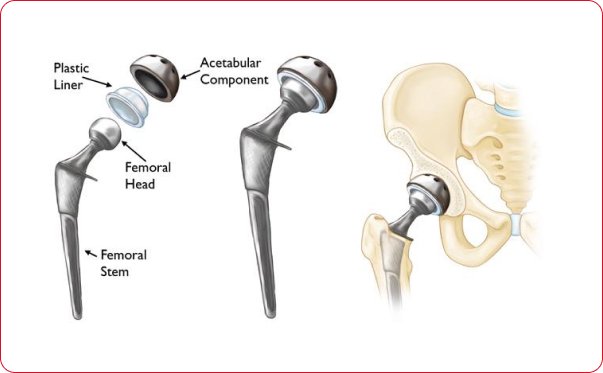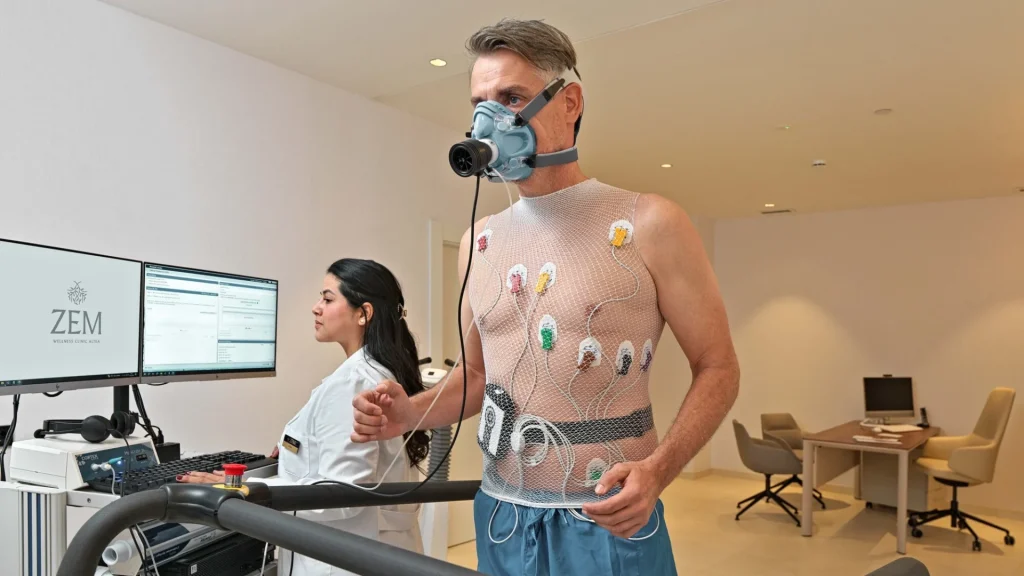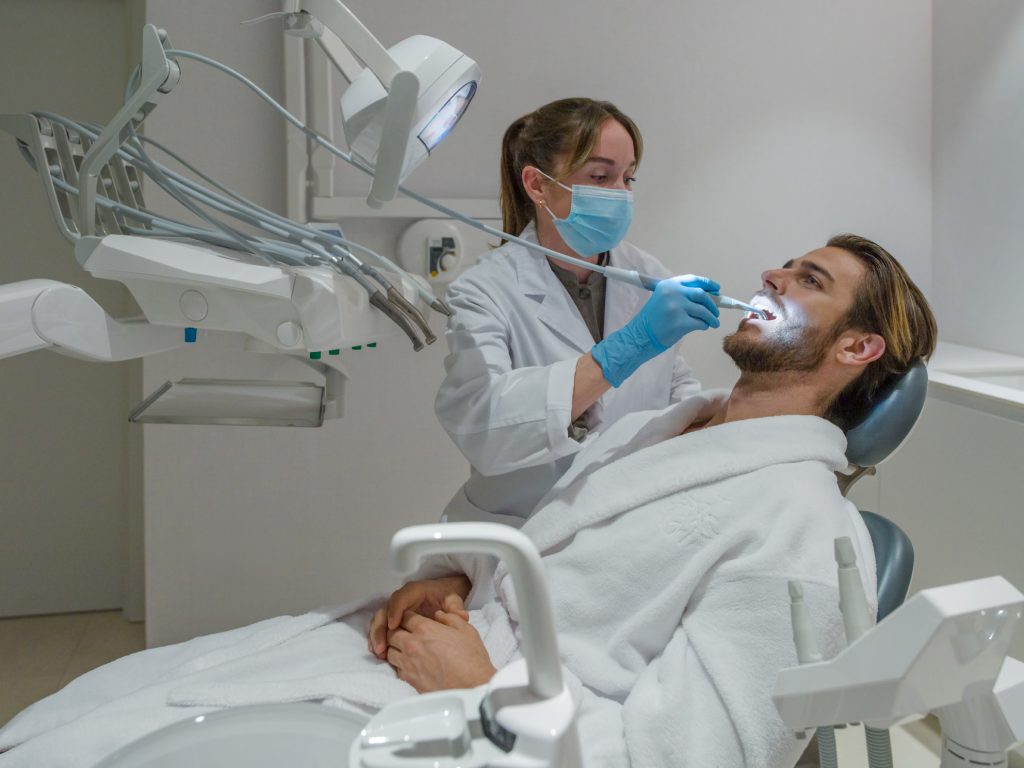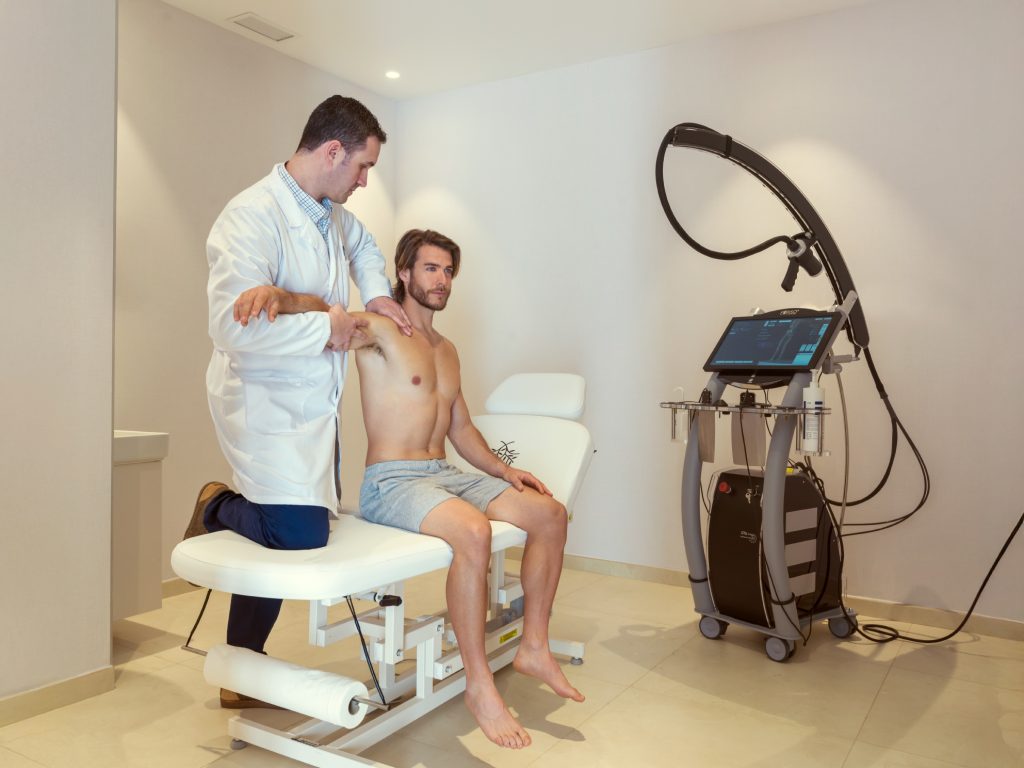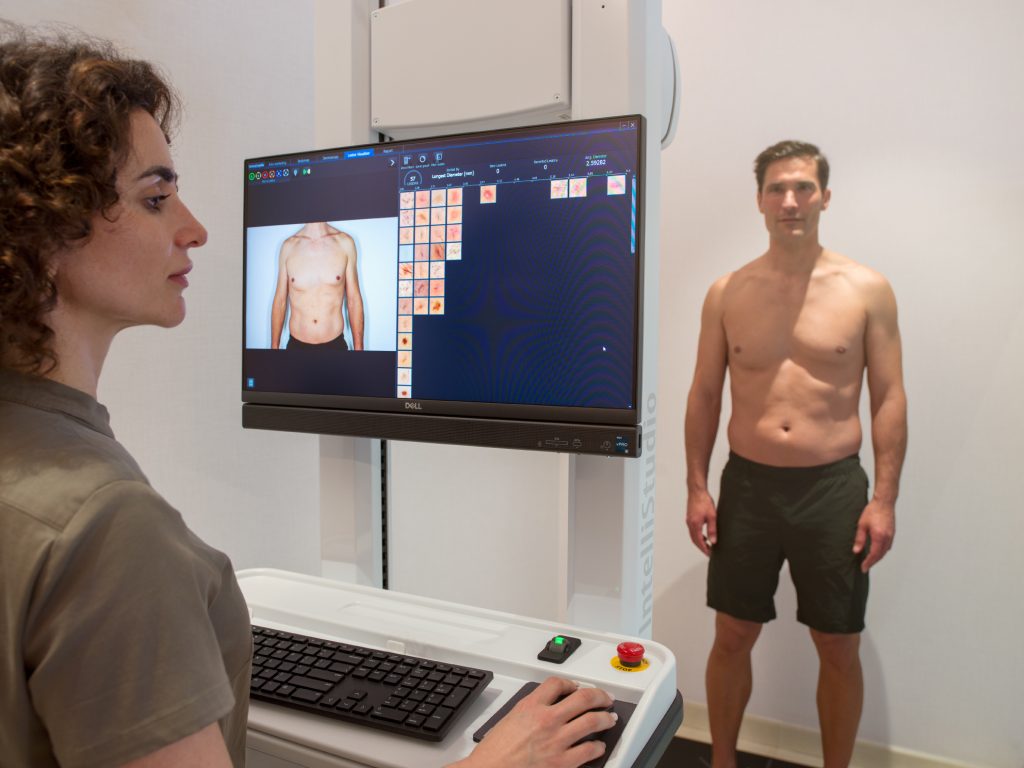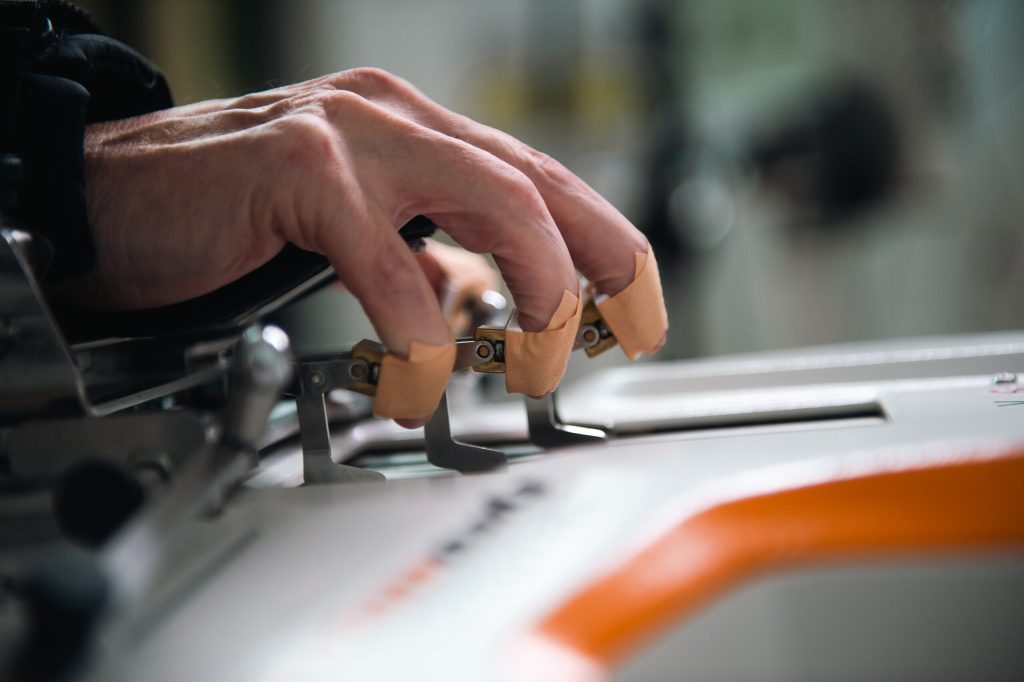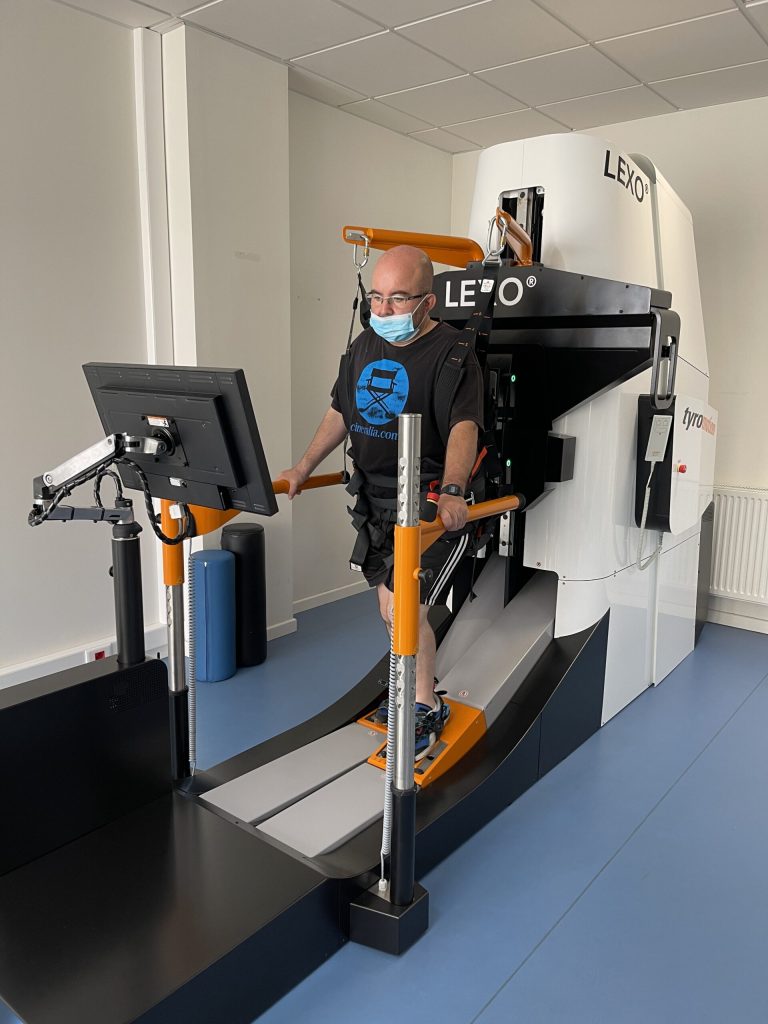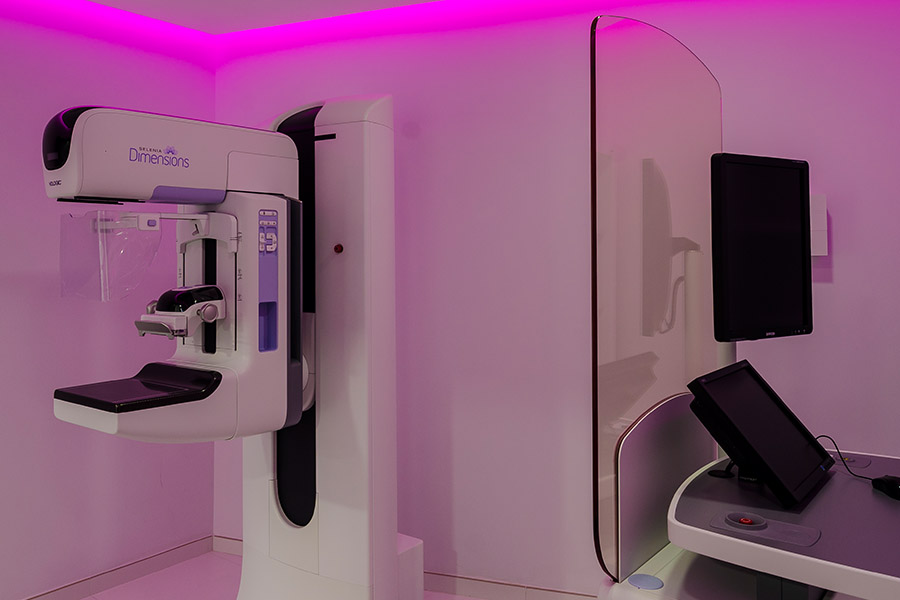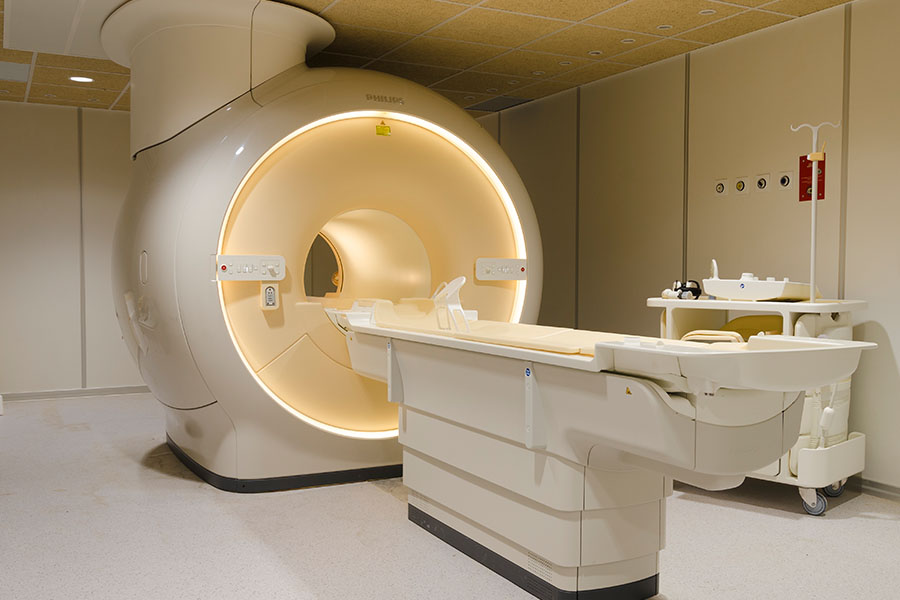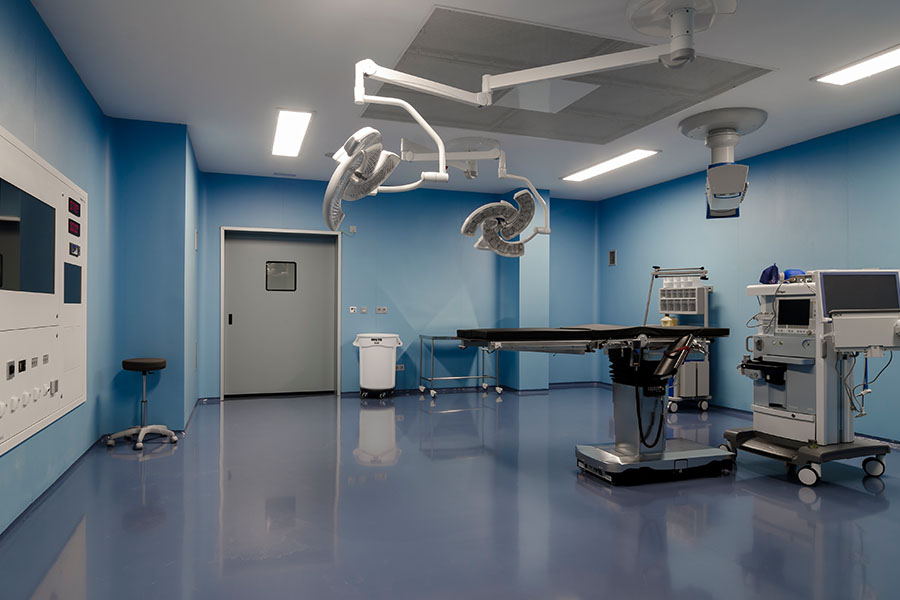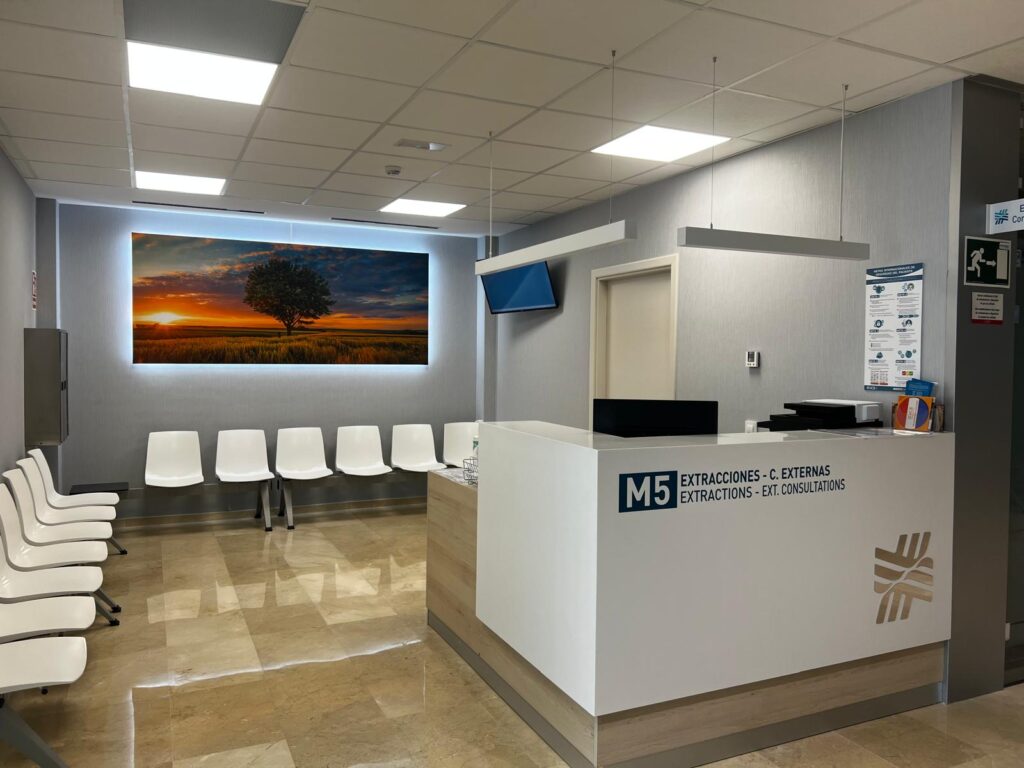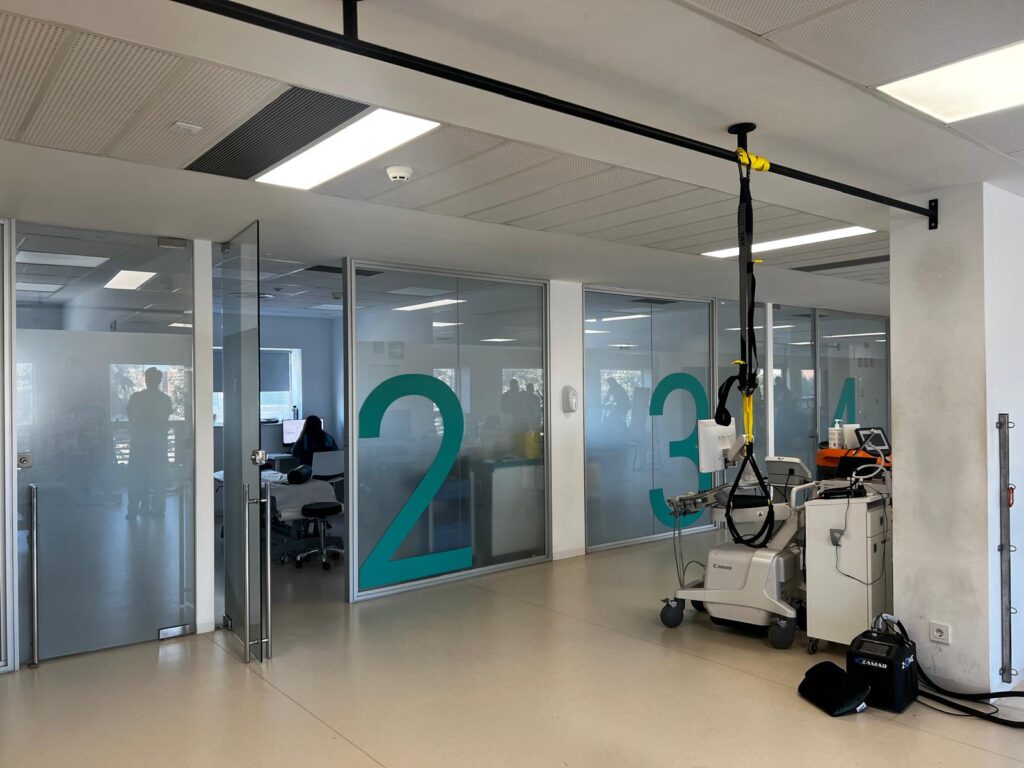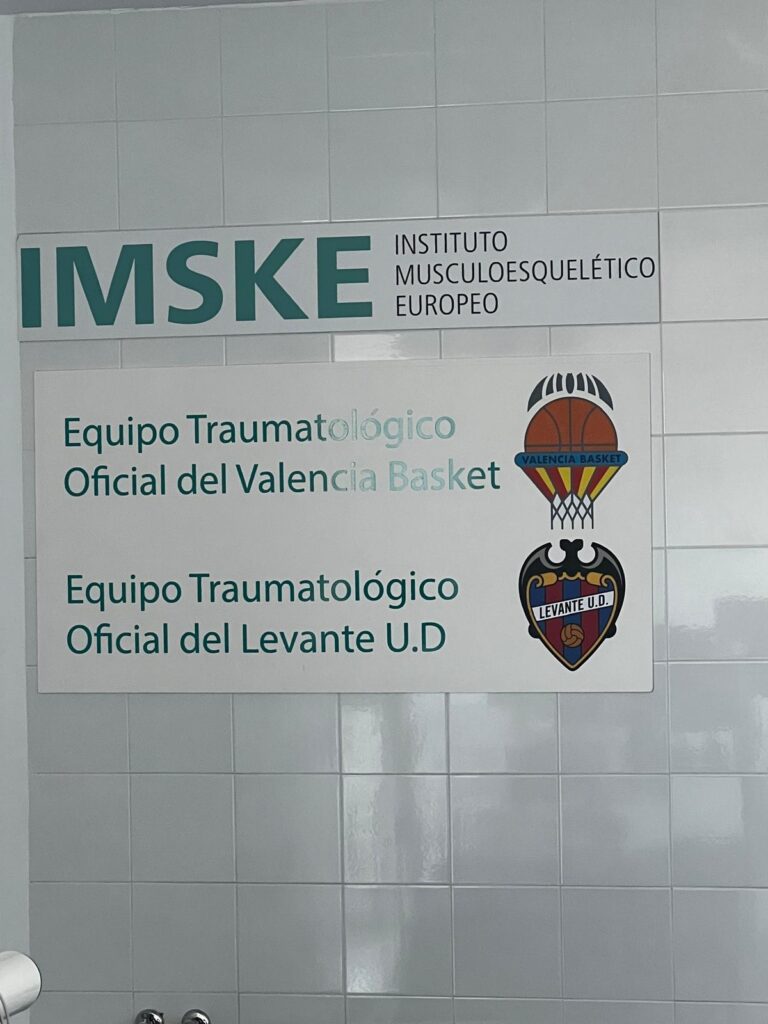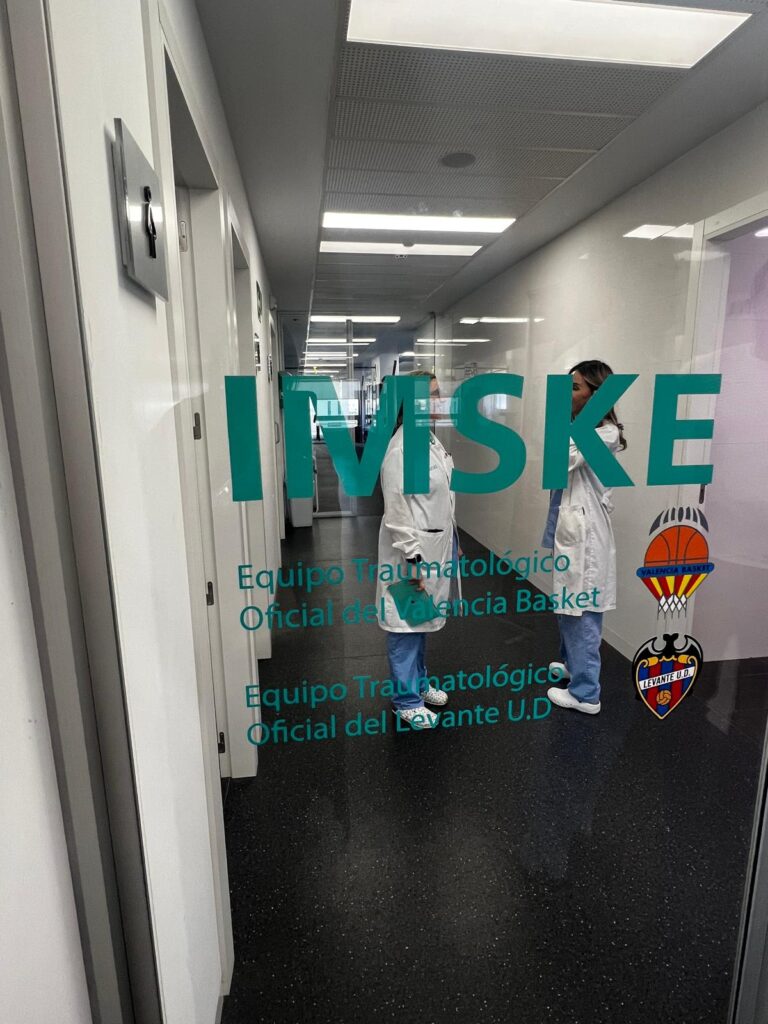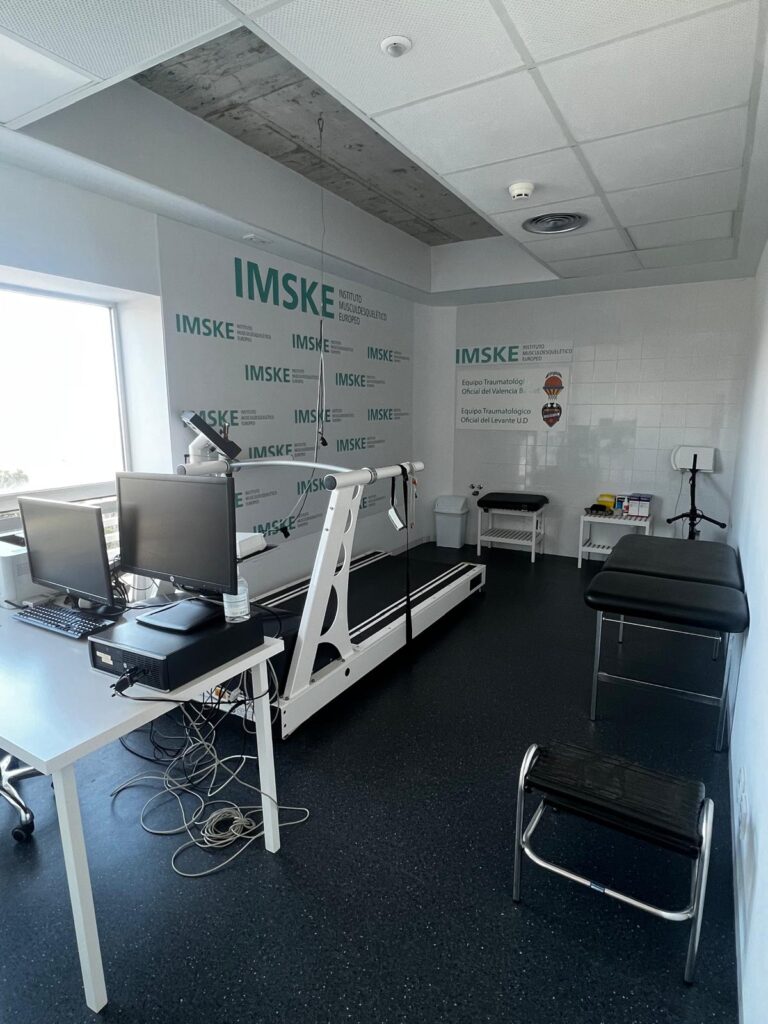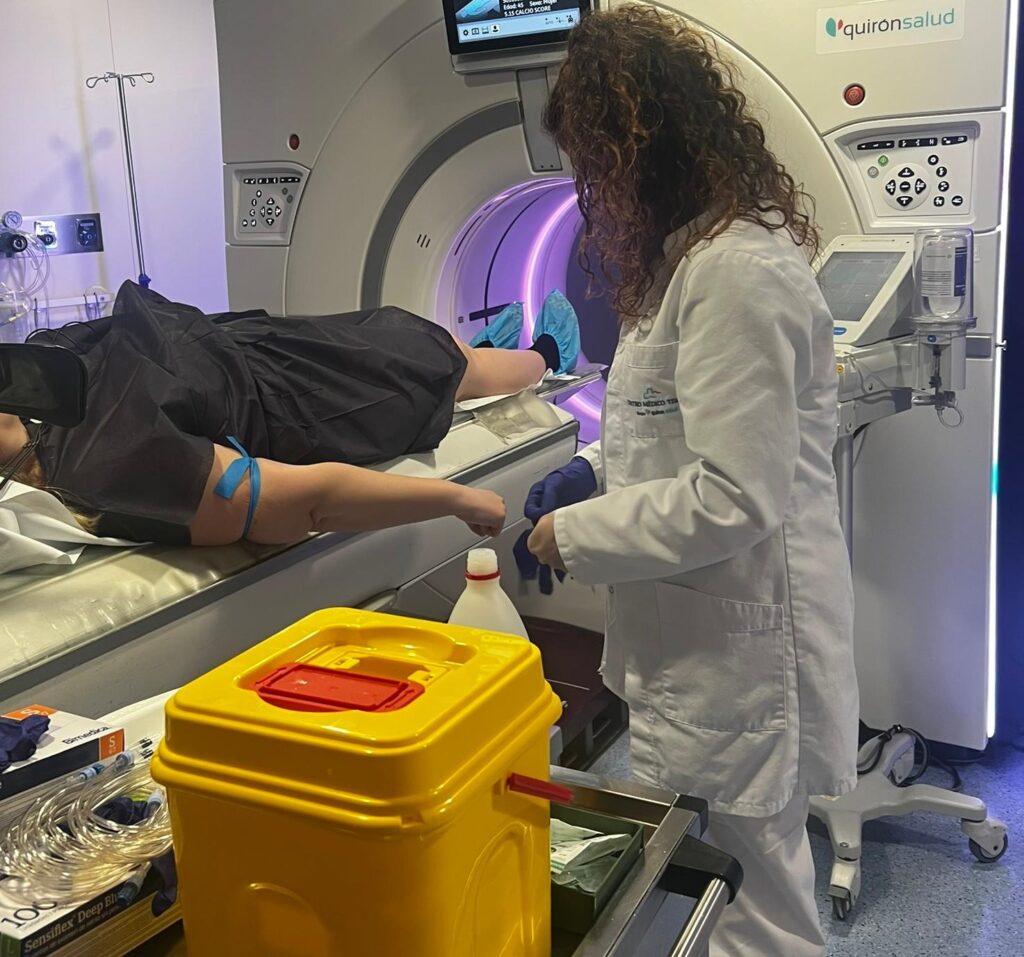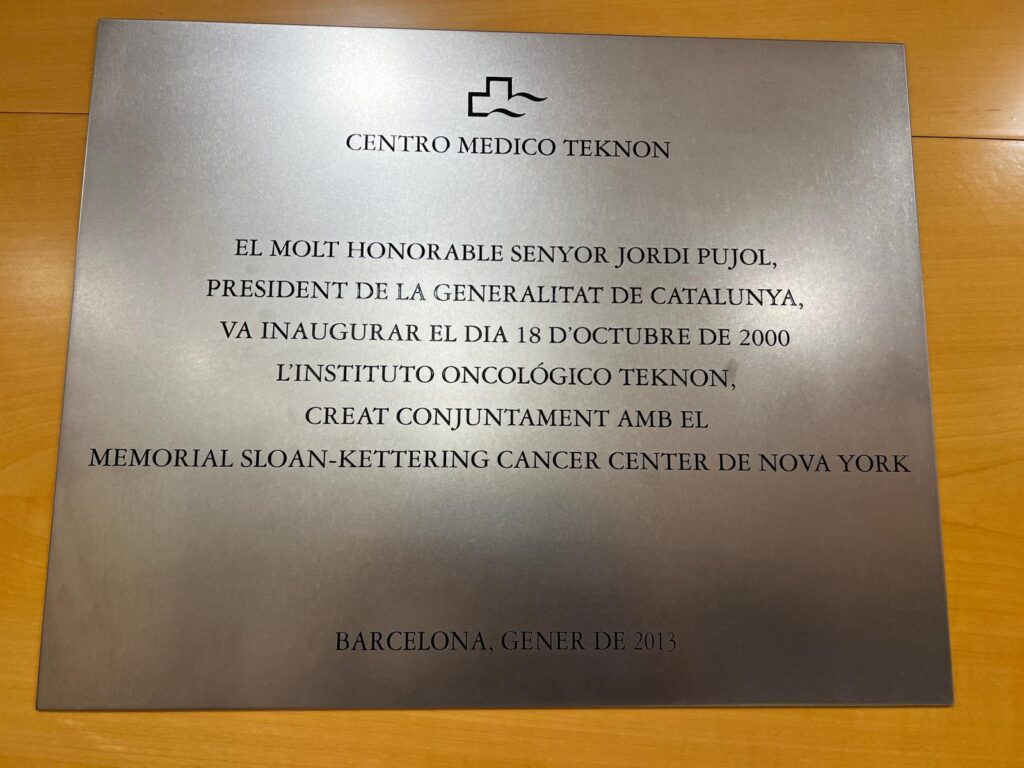The Direct Superior Approach: Minimizing Damage During Hip Replacement Surgery
The Direct Superior Approach enables your surgeon to limit the impact on the IT band and other essential muscles. We recognize that understanding what to expect from your hip replacement journey is crucial. If you have further inquiries while reviewing this information, please don’t hesitate to contact us for a discussion.
Understanding Hip Pain: Diagnosis and Treatment
Each individual is different, and various factors can lead to hip pain. It’s vital to discuss the underlying cause of your discomfort with us, as this will help you understand the treatment options available. One common source of hip pain is arthritis, a degenerative condition characterized by the deterioration of cartilage and bone within the hip joint. Pain from arthritis can be persistent or intermittent, may occur during movement or after resting, and can affect a specific area or multiple regions. If conservative treatments, including medication, haven’t provided sufficient relief, a hip replacement may alleviate your arthritis symptoms.
Total Hip Replacement Explained
Total hip replacement involves the removal of arthritic bone and damaged cartilage from the hip joint, replacing them with an artificial implant. The hip joint is typically described as a ball-and-socket structure. In this procedure, the end of the thigh bone (femoral head) is replaced with a metal stem and an artificial ball attached to the top of the stem. The hip socket (acetabulum) is reconstructed, often using a metal cup lined with durable plastic (polyethylene). Together, the femoral and acetabular components create the artificial hip implant.
The Direct Superior Approach
Your surgery may utilize the Direct Superior Approach, a minimally invasive technique for total hip replacement. This method is associated with:
• Reduced muscle damage
• Smaller incision size
• Improved recovery after surgery
How does the Direct Superior Approach differ from traditional hip replacement? One key difference is the incision’s location. In a traditional hip replacement, the surgeon makes an incision through the IT band, a muscle that runs along the outside of your leg from the pelvis to the knee. In contrast, the Direct Superior method avoids cutting the IT band. Additionally, the incision length varies; traditional hip replacement may require a 10-12 inch incision, while the Direct Superior Approach typically involves a 3-6 inch incision.
Important Information Regarding Hip Replacements
Hip joint replacement is designed for individuals with joint diseases stemming from conditions such as degenerative and rheumatoid arthritis, avascular necrosis, femoral neck fractures, or functional hip deformities.
However, joint replacement surgery is not suitable for patients with specific infections, certain mental or neuromuscular disorders that may increase the risk of instability of the prosthesis, compromised bone integrity, skeletal immaturity, severe joint instability, or excessive body weight.
Like any surgical procedure, joint replacement carries significant risks, which may include but are not limited to pain, bone fractures, changes in leg length, joint stiffness, hip fusion, amputation, nerve damage, circulatory issues, genitourinary problems, gastrointestinal complications, vascular disorders, respiratory issues, heart attacks, and even death.
Risks related to the implant that may necessitate a revision include dislocation, loosening, fractures, nerve injury, abnormal bone growth, implant wear, metal sensitivity, soft tissue imbalance, localized bone loss, audible sounds during movement, and reactions to particle debris.
The information provided is for educational purposes only. Consult your doctor to determine if joint replacement surgery is the right choice for you. Results may vary, and not all patients will return to the same level of activity. The lifespan of any joint replacement is finite and depends on various factors, including patient weight and activity. Your doctor will advise you on strategies to potentially extend the life of the device, such as avoiding high-impact activities like running and maintaining a healthy weight. Follow your physician’s instructions carefully regarding post-operative activity, treatment, and follow-up care. Discuss with your doctor whether a joint replacement is suitable for you.
Stryker Corporation and its affiliated entities own, use, or have applied for trademarks or service marks, including Stryker. Other trademarks mentioned are owned by their respective holders.
